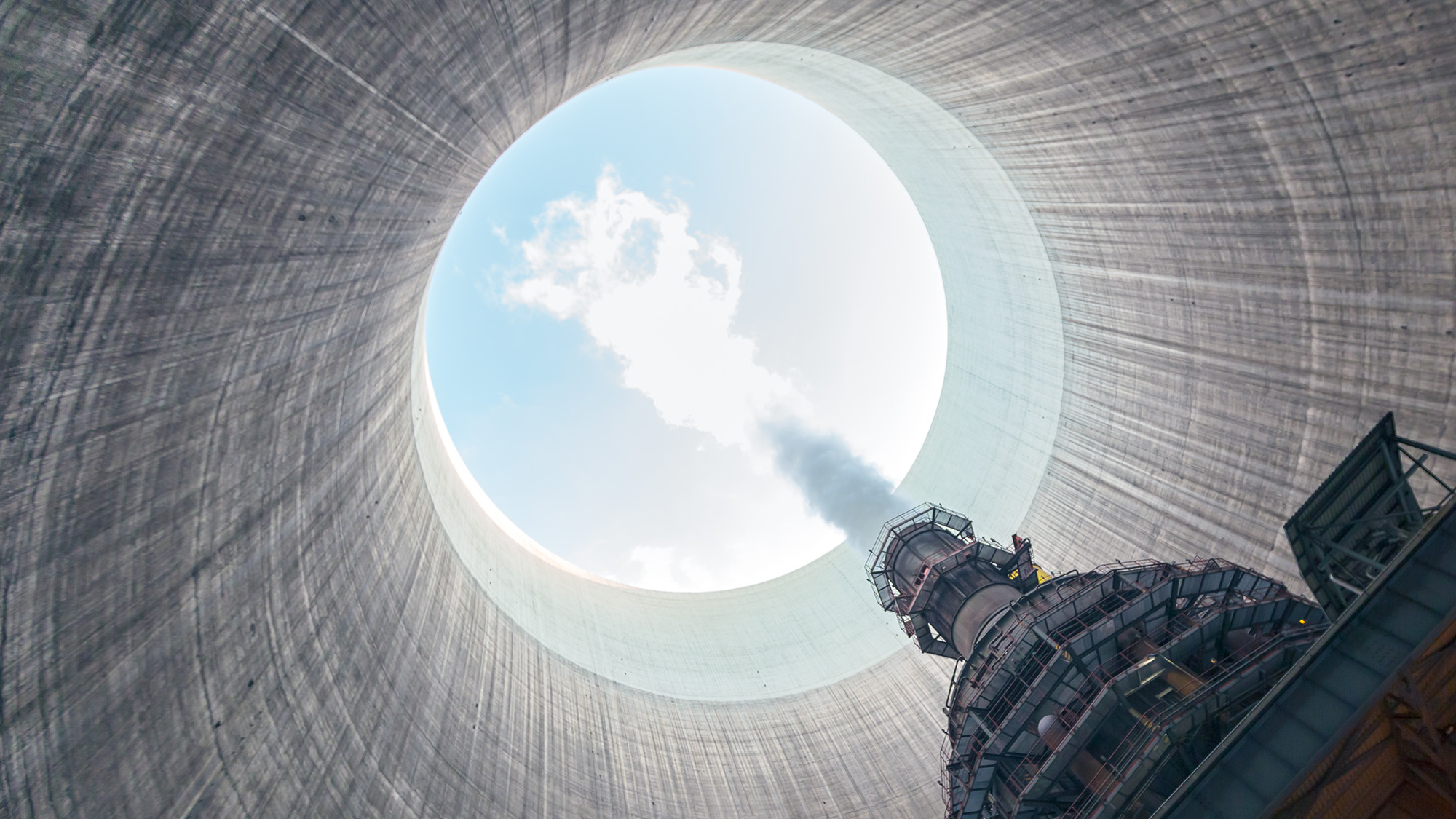
Canada’s nuclear energy moment: Q&A with Rumina Velshi
Authors
Canada is embracing nuclear energy to meet the country’s rising energy needs and commitments to secure cleaner energy sources. In this Q&A, Krista Hill, co-head of our Infrastructure and Energy practice and head of our Nuclear Energy Practice, discusses key topics in Canada’s nuclear energy space with our preeminent strategic advisor, Rumina Velshi, who has over four decades of experience in the field and most recently served as President and CEO of the Canadian Nuclear Safety Commission.
Krista: As a long-time leader in the field, how have you seen the nuclear industry change over the last few years?
The nuclear industry has undergone a remarkable transformation in the past five years, driven by two major factors: shifting global energy priorities and a renewed sense of optimism around nuclear energy.
Geopolitical developments—such as the push for net-zero emissions, the impacts of the pandemic, the war in Ukraine, and recent U.S.-Canada tariff issues—have underscored the critical importance of energy security. This has sparked growing interest in nuclear power as a reliable and sustainable energy source.
At the same time, there is a palpable sense of optimism surrounding nuclear energy, fueled by its potential to meet climate commitments and the emergence of groundbreaking technological innovations. Advancements like small modular reactors (SMRs) and the promise of fusion technology have redefined nuclear as a modern, forward-looking solution.
In Canada, this shift has been bolstered by the success of the refurbishment projects at Darlington and Bruce Nuclear Generation Stations. These achievements are clear evidence of the competence of the Canadian nuclear sector, countering the historical narrative that mega-infrastructure projects are invariably overbudget and delayed. Today, there is greater public trust in nuclear energy, and I believe we are on the cusp of significant growth in this sector.
Krista: What emerging technologies in the sector are you excited about?
Small modular reactors (SMRs) are a game-changer. They make nuclear energy more accessible to regions where high capital costs were once an insurmountable barrier. By standardizing reactor designs, we can manage them as a global fleet, which has profound implications for regulatory harmonization and international collaboration. Beyond electricity generation, SMRs offer a wide range of applications. They can provide district heating, produce high-temperature steam industrial processes including for hydrogen production, and even support the creation of fuels for aviation, marine transport, and space exploration. Additionally, SMRs can be used for desalination, addressing water scarcity in arid regions.
Micro-reactors are another exciting development. These compact units, small enough to be transported on flatbed trucks, could revolutionize energy access for remote communities, enabling them to achieve energy independence with clean, reliable power.
Fusion technology is also worth highlighting. While once considered a distant dream, fusion has made significant strides in recent years. Breakthroughs are occurring at an accelerating pace, and international collaboration is intensifying. I believe fusion is closer to becoming a viable energy source than many realize, and its potential is truly exciting.
Krista: What are some of the challenges facing the nuclear industry in Canada?
While the outlook for nuclear energy in Canada is more positive than ever, challenges remain. Public confidence in nuclear power is closely tied to its safety record, both in Canada and globally. Canada must continue maintaining an unwavering focus on safety to preserve public trust.
Financing nuclear projects is a significant hurdle. The financial community needs to recognize the value of nuclear energy, embrace the inherent risks, and avoid becoming an unnecessary bottleneck in the deployment of new projects.
On the commercial side, the complexity of nuclear projects presents unique challenges. These projects often span almost a century, requiring innovative approaches to contract management, risk allocation and partnership structures. Ensuring that all stakeholders’ goals are aligned is critical to the success of these ventures.
Despite these challenges, Canada’s expertise and growing confidence in nuclear energy position us well to overcome these obstacles and continue advancing the sector.
Krista: What regulatory changes should Canada consider implementing to facilitate new nuclear projects (e.g., project approvals and permitting)?
Regulatory modernization is essential. One of the primary concerns is that the approval process for nuclear projects takes too long. Given the urgency of meeting rising energy demands and climate goals, we cannot afford to maintain the status quo. We need to adopt more agile and responsive regulatory frameworks that can accommodate new technologies and expedite project approvals.
Another challenge lies in the jurisdictional divide between federal and provincial authorities. Nuclear energy is federally regulated, while electricity falls under provincial jurisdiction. Ensuring seamless alignment between these levels of government is crucial to avoid duplication and inefficiency. As provinces like Saskatchewan and Alberta enter the nuclear space, we must create a cohesive ecosystem that balances diverse stakeholder interests.
On a positive note, federal policy has become increasingly supportive of nuclear energy. Policymakers, who once rarely mentioned nuclear, now recognize its importance alongside renewables. Initiatives like investment tax credits are encouraging, but further efforts are needed to streamline regulations and foster greater collaboration.
Krista: How have recent geopolitical changes influenced Canada’s nuclear energy landscape?
Canada and the U.S. have a long history of collaboration in the nuclear sector, particularly in regulatory alignment and technology and information sharing. However, the push for greater self-sufficiency in energy is reshaping priorities.
Canada’s nuclear sector has always valued independence. We have our own domestic technology, such as CANDU reactors, abundant uranium reserves, and a wealth of homegrown world-class expertise. Yet, international cooperation remains vital. The Darlington New Nuclear Project (DNNP) is a prime example of this collaboration. Its success will serve as a global reference point, demonstrating the benefits of international partnerships in advancing nuclear energy. This project underscores the importance of a globally integrated approach to nuclear deployment.
Krista: The government has identified nuclear energy as key to meeting the country’s rising energy needs and net-zero commitments. What does Canada need to stay on track to meet that goal?
Canada’s commitment to nuclear energy is stronger than ever. While there may be some rethinking of interim targets, the 2050 net-zero goal remains firmly in place. Nuclear energy is widely recognized as a critical component of the transition to a cleaner energy future.
At COP 28, more than 20 countries pledged to triple nuclear capacity by 2050, and support for tripling from major financial institutions followed soon after. Tech companies are also showing growing interest in nuclear energy to meet their voracious clean energy needs. These developments signal a global shift toward embracing nuclear power.
For Canada to maintain its leadership in this space, we must demonstrate the value of nuclear energy in our generation mix. Its reliability, affordability, and ability to decarbonize the grid are key advantages. The economics of nuclear energy are improving, thanks to advancements in technology and the potential for standardized, globally deployed designs.
Ontario Power Generation and Bruce Power are exploring building additional new nuclear generation capacity, and provinces like Saskatchewan and Alberta are considering scaling up their nuclear capacity. International partnerships, such as those with Poland, highlight Canada’s global influence in the nuclear sector.
This is Canada’s moment to solidify its position as a global leader in nuclear energy. Governments, industry, and financial supporters must work together to seize this opportunity. With our expertise, resources, capability and reputation, Canada is uniquely positioned to shape the future of nuclear power globally and drive the transition to a sustainable energy future. I'm extremely optimistic about the future and Canada’s role as a global leader in nuclear energy.
For more information on our leading nuclear transactional and regulatory counsel, please visit our Nuclear Energy Practice page.
To discuss these issues, please contact the author(s).
This publication is a general discussion of certain legal and related developments and should not be relied upon as legal advice. If you require legal advice, we would be pleased to discuss the issues in this publication with you, in the context of your particular circumstances.
For permission to republish this or any other publication, contact Janelle Weed.
© 2025 by Torys LLP.
All rights reserved.

